Fluorescein isothiocyanate
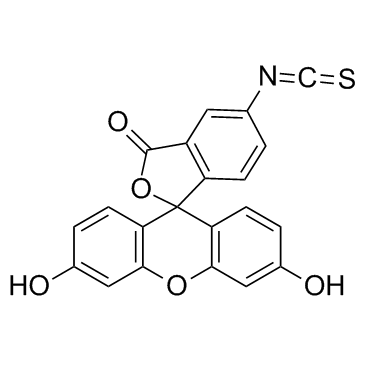
Fluorescein isothiocyanate structure
|
Common Name | Fluorescein isothiocyanate | ||
|---|---|---|---|---|
| CAS Number | 3326-32-7 | Molecular Weight | 389.381 | |
| Density | 1.5±0.1 g/cm3 | Boiling Point | 708.6±60.0 °C at 760 mmHg | |
| Molecular Formula | C21H11NO5S | Melting Point | >360 °C(lit.) | |
| MSDS | Chinese USA | Flash Point | 382.4±32.9 °C | |
| Symbol |

GHS08 |
Signal Word | Danger | |
Use of Fluorescein isothiocyanateFITC is a derivative of fluorescein for the labeling of amines. |
| Name | fluorescein 5-isothiocyanate |
|---|---|
| Synonym | More Synonyms |
| Description | FITC is a derivative of fluorescein for the labeling of amines. |
|---|---|
| Related Catalog | |
| In Vitro | Annexin V-FITC/PI is employed to detect chondrocyte apoptosis[1]. The PEI-modified CDs are conjugated with fluorescein isothiocyanate (FITC) to fabricate CDs-FITC composites[2]. |
| Cell Assay | The frequency of chondrocyte apoptosis is measured by flow cytometry with Annexin V-fluorescein isothiocyanate (FITC) and propidium iodide. A total of 1×104 treated chondrocytes are collected from each group, washed in cold PBS and incubated with Annexin V-FITC and PI at room temperature for 15 min in the dark on ice. These samples are then analyzed using a fluorescence-activated cell sorter. Cell Quest software is used to analyze the percentage of apoptosis. All tests are repeated in triplicate. |
| References |
| Density | 1.5±0.1 g/cm3 |
|---|---|
| Boiling Point | 708.6±60.0 °C at 760 mmHg |
| Melting Point | >360 °C(lit.) |
| Molecular Formula | C21H11NO5S |
| Molecular Weight | 389.381 |
| Flash Point | 382.4±32.9 °C |
| Exact Mass | 389.035797 |
| PSA | 120.44000 |
| LogP | 4.00 |
| Vapour Pressure | 0.0±2.3 mmHg at 25°C |
| Index of Refraction | 1.754 |
| InChIKey | MHMNJMPURVTYEJ-UHFFFAOYSA-N |
| SMILES | O=C1OC2(c3ccc(O)cc3Oc3cc(O)ccc32)c2ccc(N=C=S)cc21 |
| Storage condition | 2-8°C |
| Stability | Stability Stable, but moisture-sensitive. Incompatible with strong oxidizing agents, strong bases, amines, acids. |
| Water Solubility | practically insoluble |
| Symbol |

GHS08 |
|---|---|
| Signal Word | Danger |
| Hazard Statements | H317-H334 |
| Precautionary Statements | P261-P280-P342 + P311 |
| Personal Protective Equipment | dust mask type N95 (US);Eyeshields;Faceshields;Gloves |
| Hazard Codes | Xn: Harmful; |
| Risk Phrases | R22;R36/37/38;R42/43 |
| Safety Phrases | S22-S45-S36/37/39-S26-S36/37 |
| RIDADR | NONH for all modes of transport |
| WGK Germany | 3 |
|
~% 
Fluorescein iso... CAS#:3326-32-7 |
| Literature: WO2006/84339 A1, ; Page/Page column 30 ; |
|
~% 
Fluorescein iso... CAS#:3326-32-7 |
| Literature: Tomasch, Miriam; Schwed, J. Stephan; Kuczka, Karina; Meyer Dos Santos, Sascha; Harder, Sebastian; Nuesing, Rolf M.; Paulke, Alexander; Stark, Holger ACS Medicinal Chemistry Letters, 2012 , vol. 3, # 9 p. 774 - 779 |
|
~% 
Fluorescein iso... CAS#:3326-32-7 |
| Literature: ACS Medicinal Chemistry Letters, , vol. 3, # 9 p. 774 - 779 |
|
~% 
Fluorescein iso... CAS#:3326-32-7 |
| Literature: ACS Medicinal Chemistry Letters, , vol. 3, # 9 p. 774 - 779 |
|
~% 
Fluorescein iso... CAS#:3326-32-7 |
| Literature: ACS Medicinal Chemistry Letters, , vol. 3, # 9 p. 774 - 779 |
|
~% 
Fluorescein iso... CAS#:3326-32-7 |
| Literature: ACS Medicinal Chemistry Letters, , vol. 3, # 9 p. 774 - 779 |
|
Imaging of a clinically relevant stroke model: glucose hypermetabolism revisited.
Stroke 46(3) , 835-42, (2015) Ischemic stroke has been shown to cause hypermetabolism of glucose in the ischemic penumbra. Experimental and clinical data indicate that infarct-related systemic hyperglycemia is a potential therapeu... |
|
|
Surface modifications of silica nanoparticles are crucial for their inert versus proinflammatory and immunomodulatory properties.
Int. J. Nanomedicine 9 , 2815-32, (2014) Silica (SiO₂) nanoparticles (NPs) are widely used in diverse industrial and biomedical applications. Their applicability depends on surface modifications, which can limit potential health problems.To ... |
|
|
Uptake of neutrophil-derived Ym1 protein distinguishes wound macrophages in the absence of interleukin-4 signaling in murine wound healing.
Am. J. Pathol. 184(12) , 3249-61, (2014) The determination of regenerative wound-healing macrophages as alternatively activated macrophages is currently questioned by the absence of IL-4 in wound tissue. Yet, murine wound tissue expressed hi... |
| 5-FITC |
| Isothiocyanatofluorescein |
| 5-Isothionatofluorescein |
| Benzoic acid, 2-(6-hydroxy-3-oxo-3H-xanthen-9-yl)-5-isothiocyanato- |
| FITC Fluorescein 5-isothiocyanate |
| EINECS 248-207-7 |
| Fluorescein Isothiosyanate |
| fluorescein isothiocyanate isomer 1 |
| fluorescein 6-isothiocyanate |
| FITC ISOMER |
| Fluorescein 5-Isothiocyanate (isomer I) |
| 3',6'-Dihydroxy-5-isothiocyanato-3H-spiro[2-benzofurane-1,9'-xanthén]-3-one |
| 5-FITC (isomer I) |
| 5-Isothiocyanatofluorescein (isomer I) |
| FITC |
| 5-Fluorescein Isothiocyanate |
| fluorescein 5-isothiocyanate |
| FITC,Fluorescein 5-isothiocyanate |
| FITC isomer I |
| Fluorescein isothiocyanate,isomer 1 |
| 2-(6-Hydroxy-3-oxo-3H-xanthen-9-yl)-5-isothiocyanatobenzoic acid |
| Fluorescein Isothiocyanate (isomer I) |
| Fluorescein isothiocyanate isomer I |
| Spiro(isobenzofuran-1(3H),9'-(9H)xanthen)-3-one, 3',6'-dihydroxy-5-isothiocyanato- |
| FITC-I |
| Fluorescein 5(6)-isothiocyanate |
| Fluorescein-5-isothiocyanate |
| MFCD00005063 |
| Spiro[isobenzofuran-1(3H),9'-[9H]xanthen]-3-one, 3',6'-dihydroxy-5-isothiocyanato- |
| Fluorescein Isothiocyanate |
| 3',6'-Dihydroxy-5-isothiocyanato-3H-spiro[2-benzofuran-1,9'-xanthen]-3-one |
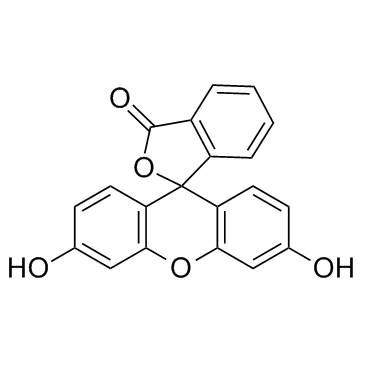
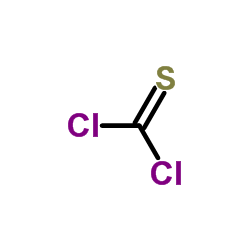


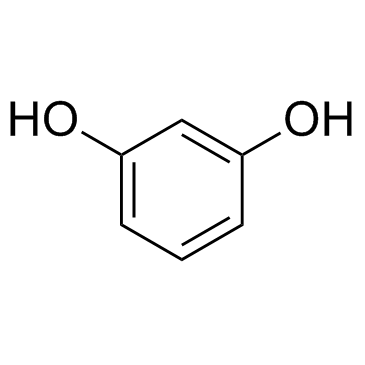
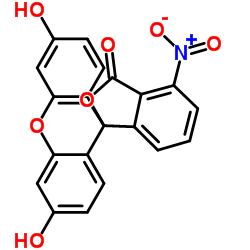
![(6'-acetyloxy-5-nitro-3-oxospiro[2-benzofuran-1,9'-xanthene]-3'-yl) acetate structure](https://image.chemsrc.com/caspic/238/14926-29-5.png)

